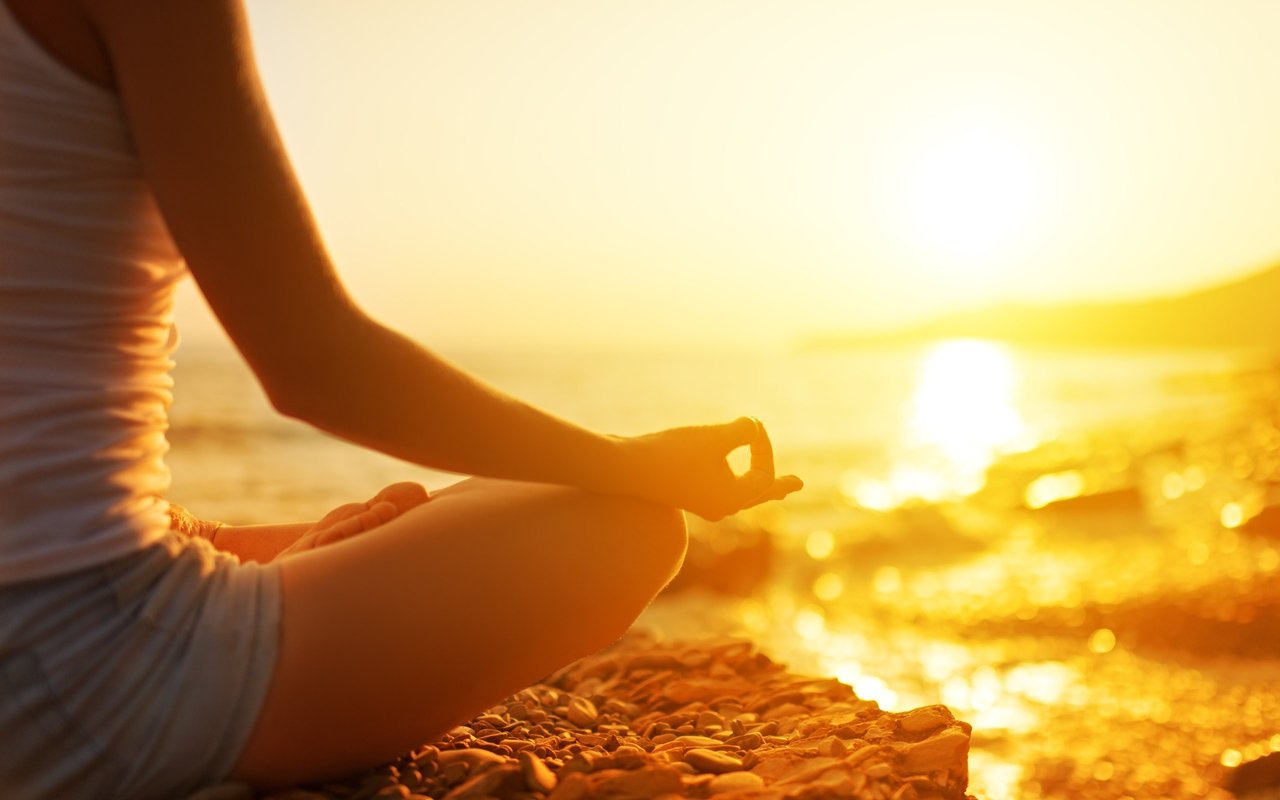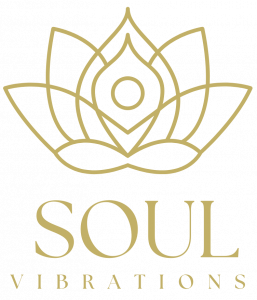Tips for Meditation and Relaxation with SoulVibration

Tips for Meditation and Relaxation with SoulVibration
In today’s fast-paced world, finding time to unwind, de-stress, and reconnect with yourself is more important than ever. At SoulVibration, we believe that true well-being starts with a deep sense of inner peace. One of the most effective ways to achieve this is through meditation and relaxation practices. These techniques allow us to center ourselves, reduce stress, and cultivate mindfulness. Whether you’re new to meditation or a seasoned practitioner, the following tips can help you deepen your practice and enhance your experience of relaxation and tranquility.
Here are some of our top SoulVibration tips to help you find your calm and rejuvenate your mind, body, and spirit.
1. Create a Sacred Space for Meditation
One of the first steps to a successful meditation practice is creating an environment that supports relaxation. At SoulVibration, we understand that a calm and peaceful space can significantly enhance the meditative experience. Find a quiet area where you won’t be interrupted, whether it’s a cozy corner of your home, a garden, or even a dedicated meditation room.
- Declutter the space: A clean, uncluttered area encourages a clear mind.
- Add soothing elements: Consider candles, crystals, plants, or even soothing sounds to make your space feel inviting and relaxing.
- Set the mood with lighting: Soft, natural lighting or dimmed lamps can create a calm atmosphere conducive to relaxation.
Creating a sacred space can signal to your mind and body that it’s time to pause, relax, and center yourself.

2. Start with Deep Breathing
One of the simplest and most effective ways to initiate relaxation is through deep breathing exercises. Before you even begin meditating, take a few moments to focus on your breath. This practice helps calm the nervous system and prepares you for deeper meditation.
Try this simple technique:
- Sit comfortably with your spine straight and your shoulders relaxed.
- Inhale slowly and deeply through your nose, counting to four.
- Hold the breath for a count of four.
- Exhale slowly and fully through your mouth, counting to four.
- Repeat this process for 5-10 minutes.
Focusing on your breath helps to ground you in the present moment, reducing distractions and promoting a deep sense of calm.
3. Use Sound to Enhance Your Practice
At SoulVibration, we believe in the power of sound to facilitate relaxation and meditation. The vibrations from sound healing instruments, such as singing bowls, gongs, or tuning forks, have the ability to shift your brainwave states, helping you enter a meditative and relaxed state more easily.
- Try a sound bath: If you’re new to sound healing, consider joining a sound bath session. The resonant tones of gongs, singing bowls, and other instruments can help deepen your meditation and bring you into a state of deep relaxation.
- Listen to calming music: If you’re meditating at home, try listening to soothing music, nature sounds, or binaural beats designed to enhance relaxation and focus.
- Chanting or mantras: Using mantras or chanting simple sounds like “Om” can further calm your mind and body, as the vibrational sound helps to shift your energy and align your focus.
Sound has a profound ability to guide you into deeper states of relaxation and mindfulness, making it an invaluable tool in your meditation practice.
4. Start Small and Be Consistent
If you’re just starting out with meditation, it’s important to start small and build your practice over time. It can be tempting to want to meditate for long stretches, but consistency is more important than duration.
- Start with 5-10 minutes: Set aside a short period of time each day to sit quietly and focus on your breath or a mantra.
- Gradually increase your practice: As you get more comfortable with the practice, you can gradually increase the time you spend meditating.
- Make it a daily habit: Consistency is key. The more you make meditation a part of your daily routine, the easier it becomes to enter a state of deep relaxation.
Remember, meditation is a journey, not a destination. Celebrate each moment of calm you create, and don’t be hard on yourself if your mind wanders.
5. Use Guided Meditations
If you find it challenging to meditate on your own, guided meditations are an excellent resource. Guided sessions help you stay focused and provide structure for your practice, making it easier to relax and let go.
At SoulVibration, we offer guided sound healing meditations that integrate soothing sounds with vocal guidance. These sessions can help you stay present, relax deeply, and feel more connected to your body and mind.
- Choose a theme: Many guided meditations focus on specific intentions, such as relaxation, stress reduction, self-love, or healing. Find a meditation that resonates with you.
- Use online resources: There are numerous apps, podcasts, and websites offering free guided meditations for different purposes. Find one that aligns with your goals.
6. Incorporate Mindfulness Throughout Your Day
While sitting down to meditate is powerful, it’s also important to practice mindfulness throughout your day. Integrating mindfulness into everyday activities can help reduce stress and promote relaxation.
- Mindful breathing: Take a few moments throughout the day to focus on your breath, even when you’re busy. Simply pausing for a few deep breaths can bring you back to the present moment.
- Mindful walking: Pay attention to the sensations of walking—feel the ground beneath your feet, listen to the sounds around you, and notice the rhythm of your body’s movement.
- Mindful eating: Slow down and savor each bite. Focus on the taste, texture, and aroma of your food.
By practicing mindfulness throughout your day, you help create a more relaxed and centered state of being.
7. Practice Gratitude and Letting Go
In meditation, it’s easy to become distracted by racing thoughts or worries. One of the most powerful practices to incorporate into your meditation is the practice of letting go. When thoughts arise, simply acknowledge them and let them float away, like leaves on a stream.
- Practice gratitude: Begin and end your meditation with gratitude. Reflect on what you are thankful for, even if it’s something small. Gratitude can shift your energy and help you feel more grounded.
- Release attachment: In meditation, try not to get attached to any specific thoughts or emotions. Let them come and go without judgment, and return your focus to your breath or mantra.
By practicing letting go and gratitude, you create a space for relaxation and peace to naturally unfold.
8. End with Self-Care
After meditation, take a moment to show yourself some love. Whether you’re winding down after a busy day or beginning your morning with a calm mindset, self-care is an essential part of your relaxation practice.
- Hydrate: Drink a glass of water to rehydrate your body after meditation.
- Stretch gently: After sitting or lying still, a few gentle stretches can help release any tension in your body.
- Journal your experience: Take a few minutes to jot down any thoughts, feelings, or insights you had during your meditation. Journaling can help deepen your self-awareness and emotional healing.
Conclusion
Meditation and relaxation are essential tools for reducing stress, cultivating mindfulness, and reconnecting with your true self. At SoulVibration, we believe that incorporating sound, mindfulness, and self-care into your practice can help you achieve deeper relaxation and inner peace. Whether you’re meditating for five minutes or an hour, the key is consistency, presence, and kindness toward yourself.
We invite you to explore the transformative power of meditation and relaxation with us at SoulVibration. Join us for a sound bath, take part in a guided meditation. Remember, every moment of peace you create is a step toward a more balanced, harmonious life.
Recent Posts
Have you tried Sound Meditation with SoulVibration? Share your experiences with us in the comments, and let us know how we can support your meditation journey!
